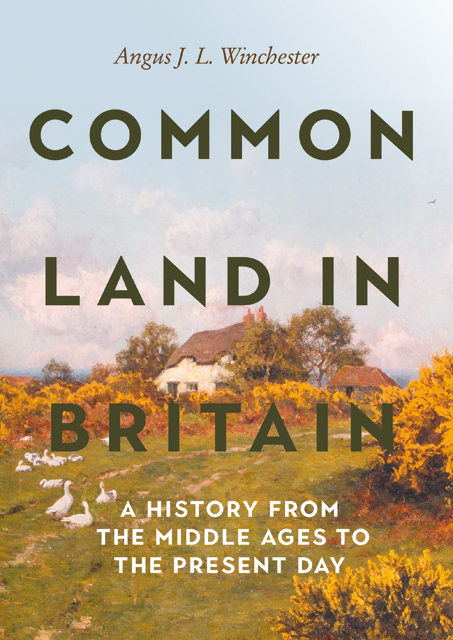Introduction
Published online by Cambridge University Press: 20 December 2022
Summary
Common land – whether mountain, moorland, heathland or marsh – holds an enduring fascination for many people. Both its untamed ecological character and the existence of shared interests set it apart in a world dominated by private property. It touches a deep place in the collective historical memory, especially in England, where, in popular imagination, commons were ‘stolen’ from the poor during the enclosure movement of the eighteenth and nineteenth centuries. Yet the nature of common land is often poorly understood, recurrent misconceptions being that commons belonged to no one or, conversely, to everyone and that they are untouched, ‘natural’ landscapes. In reality, commons have a rich history as public-private space; they are not ‘natural’ environments but the product of interaction between humanity and nature over many centuries.
This book aims to survey the history of common land in all three nations of Great Britain from the Middle Ages to the present day, casting the net wide in order to explore the intersections between how commons have been viewed and valued across the centuries, how they have been used, and how the landscapes and vegetation of common land have changed. The bulk of the book (Part I) provides an overview, based largely on published literature, while eight case studies of individual commons (Part II) present detailed local histories drawing on archival research.
A mention of common land conjures up a range of images in twenty-first-century Britain. To a hill shepherd, it means whistling his dog onto the back of his quad and heading off to the open grazings of moor or mountain to find their flock. To many in the English countryside it means walks through scrubby woodland, bracken and gorse, criss-crossed by footpaths. To a young couple in London, loading their sleeping baby into a pushchair, to get some fresh air on paths winding past ponds echoing to the calls of ducks, as the traffic rumbles and planes roar overhead. What binds these snapshots together is that, though the environments differ, they share two features. Each is a tract of uncultivated country and a haunt of wildlife; the land is not fully tamed. They are also shared spaces: the shepherd’s ewes share the hill with other flocks; the walkers on the heath meet volunteers repairing paths for the local wildlife trust; the young couple join joggers, dog-walkers and other families on the urban common.
- Type
- Chapter
- Information
- Common Land in BritainA History from the Middle Ages to the Present Day, pp. 1 - 6Publisher: Boydell & BrewerPrint publication year: 2022

